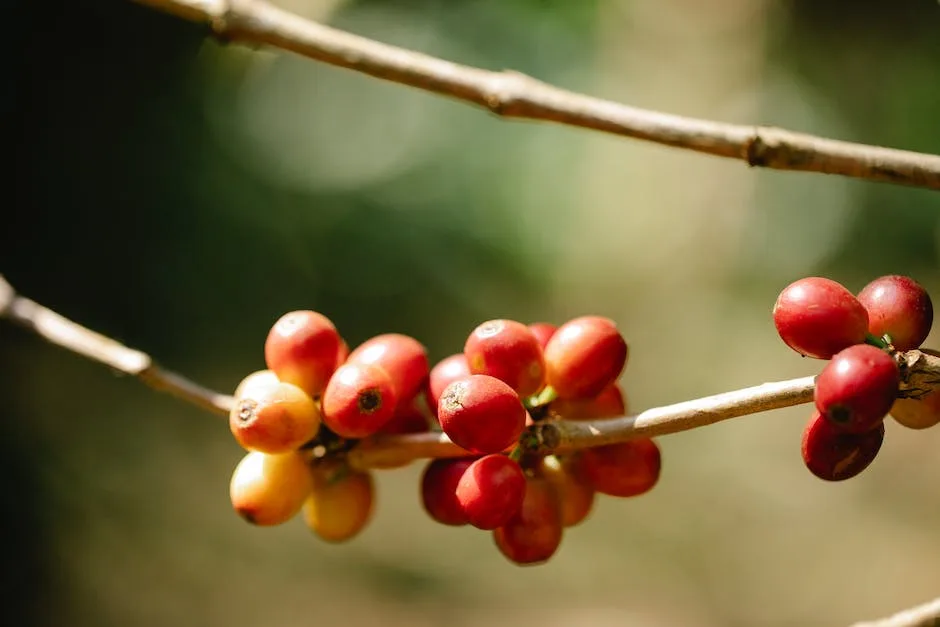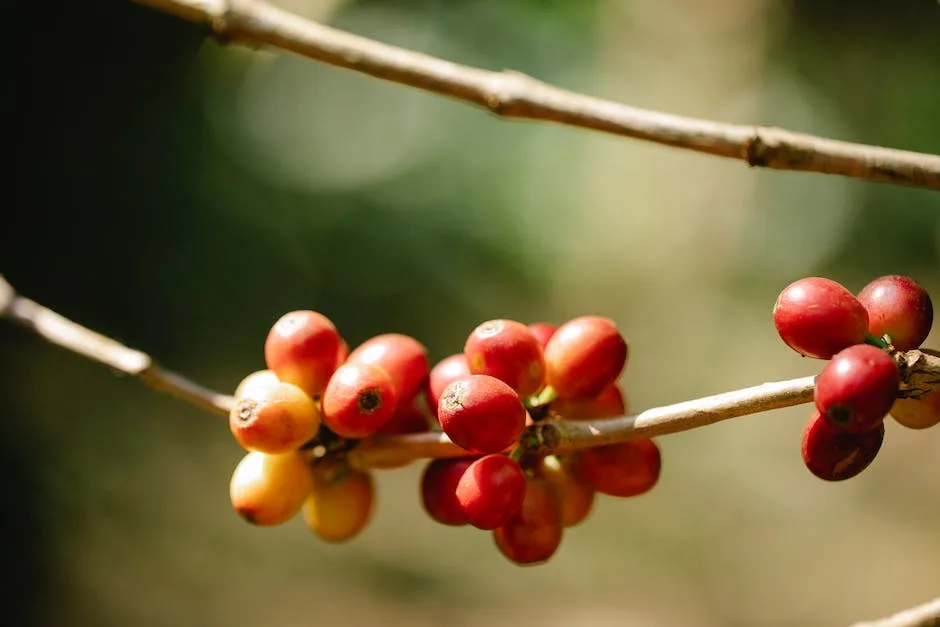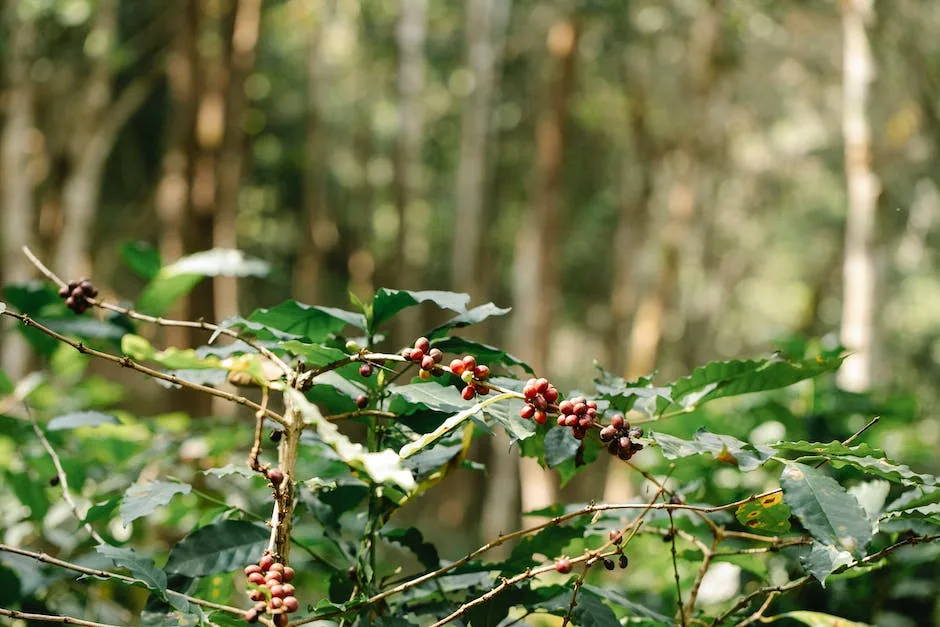A single avocado tree can produce fruit, but the quantity and quality of the fruit will depend on various factors such as the tree’s age, growing conditions, and pruning. Typically, an avocado tree will bear fruit for the first time three to five years after planting. If the tree is well-cared-for and receives adequate water and nutrients, it can produce a good crop of fruit every year. Avocados are a type of drupe, which means they have a single large seed in the center of the fruit. The flesh of the avocado fruit is valuable for its high oil and vitamin content.
Yes, a single avocado tree can produce fruit. The tree will typically produce fruit starting at 3-5 years old and will continue to produce fruit for many years.
Do you need a male and female avocado tree to bear fruit?
While avocado trees self-fertilize and produce fruit, yields should increase if both a Type A avocado tree and a Type B avocado tree are planted in order to increase the chances for successful pollination. The avocado tree has both functional male and female organs. The flowers of the avocado tree are perfect flowers, meaning that they have both male and female reproductive organs. The male organ is the stamen, which produces pollen, and the female organ is the pistil, which receives the pollen. The flowers are pollinated by bees, which transfer the pollen from the stamen to the pistil.
If you see small greenish-yellow blossoms on the branches of your avocado tree in the period between January and March, it is an indication that the tree is ready to bear fruit. Another telltale sign is that the flowers open and close over the course of two days. If you notice these signs, your avocado tree is likely ready to produce fruit.
How do single avocado trees pollinate
The avocado is a tree that is native to Mexico and Central America. The fruit of the avocado tree is a large, green, pear-shaped fruit that is eaten as a vegetable. Avocados are a good source of vitamins A, C, and E, as well as potassium and fiber.
The avocado tree is a flowering tree, and the flowers must be pollinated in order to produce fruit. The avocado flowers are pollinated by bees, but hand pollination can also be done.
To hand pollinate avocado flowers, take a male flower and touch it to a female flower. The male flower has the pollen and the female flower has the stigma. This will transfer the pollen to the stigma and the flower will be pollinated.
If you want to grow an avocado tree in a pot, you’ll need to choose a large pot (15 to 25 gallon) and wait a few years for the plant to reach the appropriate size (6-8′ tall with a trunk caliber of 15″-2″). Once the tree is the right size, it should start setting fruit.
Do I need 2 avocado trees to get fruit?
If you are growing an avocado tree indoors, it is beneficial to shake the tree a bit to spread the pollen. This is because there will be no bees or wind to do it for you.
One of the most fascinating factoids about avocados (Persea americana) is that they are affected by synchronous dichogamy. This means that the male and female parts of the flower are only open at the same time for a brief period. If pollination does not occur during this time, the avocado tree will not bear fruit. This is why it is important to have bees or other pollinators around when the avocado flowers are open. Avocado trees grow in USDA zones 10 to 12.
How many years does it take for avocado to fruit?
No matter how you start out, growing your own avocado tree takes time and patience. If you start from a seed, it may be 13 years or more before you see any fruit. Even if you start with a tree from a nursery, it will take 3-4 years before it bears fruit. But the rewards are worth it, as there is something special about homegrown avocados that make them worth the wait.
It takes about 4-5 years for an avocado tree to start producing fruit anyway, so it’s certainly not a short-term thing, even with a proper seedling. So if you really want to grow your own tree at home, the best thing to do is go to a local garden centre and buy a grafted seedling.
What month do avocado trees bear fruit
Avocado trees in California can bloom from late winter to early summer, but most of the fruit that is harvested comes from flowers that are pollinated during two months in spring. This means that if you are hoping to get avocado fruit from your tree, you should pay attention to the blooming period and make sure that your tree is getting enough pollination during that time.
Avocado pollen from one tree is capable of self-pollination, but the flowering behavior of the tree reduces the likelihood of this happening. By minimizing the amount of own-pollen around when female stages are receptive, the tree ensures that self-pollination is less likely to occur.
How much water does a single avocado tree need?
As we can see, in hot Mediterranean climates, a single avocado tree may require up to 220 l/day of water during summer months. This is due to the fact that avocado trees need a lot of water to produce fruit, and the climate in these regions is typically quite hot and dry. Therefore, it is important to make sure that avocado trees are well-watered, especially during the summer months.
While an avocado tree can take four to six years to reach full bearing, an individual tree can produce 200-300 avocados per year. The number of avocados produced per tree will depend on the type of avocado, the age and health of the tree, as well as the climate conditions. In general, an avocado tree can produce around 50-80 fruits in a good year.
How tall is an avocado tree after 1 year
Persea americana ‘Hass’ is a variety of avocado that is fast-growing and can fruit the first year. Its mature height is 15-20 feet, and it has a harvest time of February-September.
Did you know that you can sprout an avocado pit to grow an avocado tree? With a little patience, you can grow your own avocado tree from a pit. It’ll make a lovely houseplant that may someday pay you back with fruit.
Can an avocado tree survive indoors?
Though avocado trees can be quite the long-term investment, bearing fruit in 10 years time, they make for excellent low-maintenance houseplants in the meantime. They can withstand a variety of hardiness zones and can grow quite tall – over 40 feet in some cases – making them a great option for those looking to add a little bit of green to their indoor space.
Honeybees are important pollinators of avocado trees. In doing so, they often transfer pollen from the male flowers of one tree to the female flowers of another, thereby achieving pollination and – in some cases – fruit set. Honeybees aren’t the only insects that participate in avocado tree pollination, but they are among the most helpful.
Is coffee grounds good for avocado trees
Organically-minded growers might prefer to use coffee grounds, compost, or fish emulsion as a fertilizer for their avocado tree. This will help the tree thrive and produce healthy fruit.
Using three toothpicks, skewer the avocado pit so that it is suspended over the glass of water. The toothpicks should be evenly spaced around the circumference of the pit.
Place the glass of water and avocado pit on a windowsill or another bright location, and wait for the pit to sprout. It can take anywhere from two weeks to six months for the pit to sprout, so be patient!
Once the pit has sprouted, it’s time to transplant it into some soil. Fill a pot with good quality potting soil, and make a small hole in the center. Gently remove the pit from the water, and plant it in the soil.
Water the soil, and keep it moist but not soggy. In a few weeks, you should see leaves start to sprout. Once the plant is a few inches tall, you can start to fertilize it.
Avocado trees are fun and easy to grow, and it’s very satisfying to see them produce fruit!
Can a small avocado tree bear fruit
If you have an avocado tree that isn’t bearing fruit, it may be because it’s too young. Avocado trees grown from pits can take up to 15 years to bear fruit, while those grown from nursery trees will bear fruit after 3-4 years. Be patient and your tree will eventually produce a crop!
Thank you for considering Miracle-Gro® Citrus, Avocado, & Mango Food for your trees! We’re confident that you’ll find our product to be an excellent source of slow-release nitrogen, which will help prevent overfeeding and burning. Miracle-Gro® Citrus, Avocado, & Mango is also designed to promote higher fruit yields, making it a great choice for anyone looking to get the most out of their tree-growing efforts!
Conclusion
A single avocado tree can, in theory, produce fruit. However, it is unlikely that a tree would be able to produce a large quantity of fruit without another avocado tree nearby to act as a pollinator.
A single avocado tree cannot produce fruit. While the tree itself is hardy and can live for decades, it will not produce fruit unless it is fertilized by another avocado tree of the opposite sex. This is because avocados are naturally self-incompatible, meaning that the pollen from one avocado tree cannot fertilize the ovules of another. In order for an avocado tree to produce fruit, it must be fertilized by another avocado tree of the opposite sex. This process is known as cross-pollination, and it is the only way that an avocado tree can produce fruit.
I’ve always been drawn to trees.
As a kid, I spent most of my free time outside, climbing, exploring, and trying to figure out the names of the trees around me.
That early curiosity eventually led me to study arboriculture and horticulture at Michigan State.
Later, I completed a degree in forestry at the University of Michigan.
I’ve been working in tree care and education ever since.
These days, I enjoy helping people learn more about the trees in their own backyards.
How they grow, how to care for them, and why they matter.
You don’t need to be an expert to appreciate trees.
A little curiosity goes a long way.
